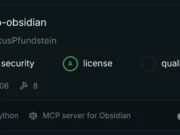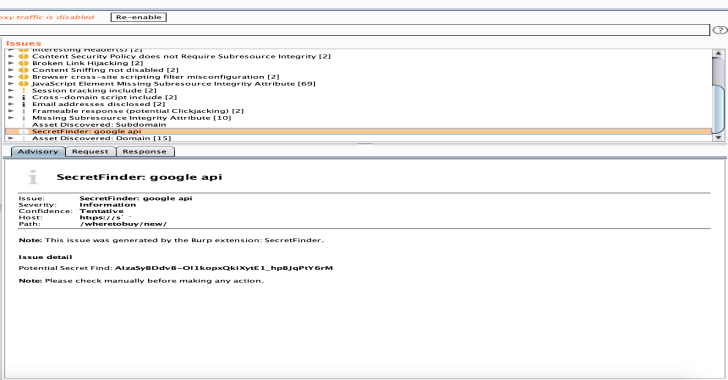APPLICATIONS
HOT NEWS
BurpSuite : Secret Finder Extension To Discover APIkeys/Tokens From HTTP Response
BurpSuite is a Secret Finder Burp Suite extension to discover a apikey/tokens from HTTP response.
Install
>>Download SecretFinder wget https://raw.githubusercontent.com/m4ll0k/BurpSuite-Secret_Finder/master/SecretFinder.pyorgit clone https://github.com/m4ll0k/BurpSuite-Secret_Finder.git>>now open...
Latest Updates on Hacking Tools, Cybersecurity News & Writeups
Contact us: admin@kalilinuxtutorials.com
© ©kalilinuxtutorials.com 2025










.png)
